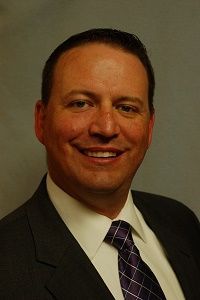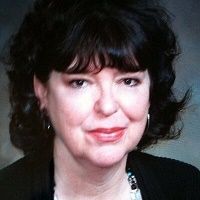Article
Doctors Start Careers With $71,000 Savings Deficit
Author(s):
A survey of young physicians finds their late professional start costs them about $71,000 in potential savings compared to non-physician peers. The report highlights the importance of starting one’s career with sound financial planning.

Young physicians tend to be employed, married with children, and $71,000 behind their non-physician peers when they start their careers, according to a report from AMA Insurance Agency Inc.
The report is based on responses from 1,937 physicians under the age of 40. It puts into stark relief the financial challenges faced by physicians when they finally graduate medical school: Their earning potential is high, but time is not on their side.
“They are typically repaying their school loan; they are beginning their medical career some 10 years behind peers in other professions; and they’ve lost an estimated $71,000 in savings during those years of training,” said Jerry Moran, senior wealth strategist at Millennium Brokerage Group and a registered financial advisor with The Leaders Group, Inc.
That $71,000 figure is based on non-physicians earning an average of $60,000 and putting 4% in a 401(k) plan their first five years of work, followed by 10% the next five years. The model assumes a projected return of 6%.

“They’ve also lost the opportunity for compound interest — even without additional contributions, the $71,000 can grow to an estimated $491,000 by age 65,” said
Moran
.
(pictured, right)
Forty-one percent of respondents had less than $100,000 in retirement savings, despite the fact that respondents listed retirement savings as their top financial concern. Another 41% had between $100,000 and $500,000 saved.
Moran said it’s key for physicians to start saving right away.
“Every young physician’s individual situation is unique, but ‘paying yourself first’ creates a discipline that helps prioritize their finances and their budget, which will lead them down a better path of reaching their financial goals,” he said.
After retirement savings, the second-biggest concern among respondents was funding their children’s education. The report showed three-quarters of respondents were married, 60% had children, and 78% were their family’s primary breadwinner, earning more than three-quarters of their family’s total income.
The report also highlights the growing prominence of employed physicians. While 60% of physicians overall are now employed by a practice, hospital, or medical school, 83% of physicians under the age of 40 are employees.

“Report research also shows nearly a quarter of employed physicians plan to change jobs in the near future, making it imperative that physicians understand all of the
elements of their employment contract and benefits,” said D.S. Friday, AMA Insurance’s vice president of sales and marketing
.
(pictured, left)
Moran said physicians need to think about contractual factors like whether their life insurance and disability insurance policies are portable if they move to a new employer.
“It’s also important to check who pays the premiums for their disability insurance,” Moran said. “If the employer pays the premium, then any benefit they receive will likely be taxable.”
So a $10,000 monthly disability insurance payment might become a $7,000 after taxes, Moran said. If a physician pays his or her own premium, he or she would likely get the $10,000, untaxed.
Friday noted that the AMA has a website to help physicians with contractual questions.
Moran said physicians should also be proactive when it comes to asking for help. It’s a good idea to seek the advice of an attorney before signing a contract, and it’s a good idea to seek the help of a financial advisor, even if you don’t feel like you’ve got enough money to warrant professional help.
“Sometimes there is a misconception that a person has to have a bundle of money saved first before they can work with a financial advisor,” he said.
However, Moran said there are major benefits to working with an advisor from a young age.
“Think of them as your family practitioner,” he said. “The advisor gets to know you and understands your goals and aspirations. When appropriate and when needed, they bring in specialists (attorneys, risk management specialists, etc.)… So the earlier you find someone you trust and are comfortable with, the easier it will help make some of your other life, career, and financial decisions.”
To read Moran’s 5 Strategies for a Strong Financial Foothold, click here. For the full AMA Insurance report, click here.




